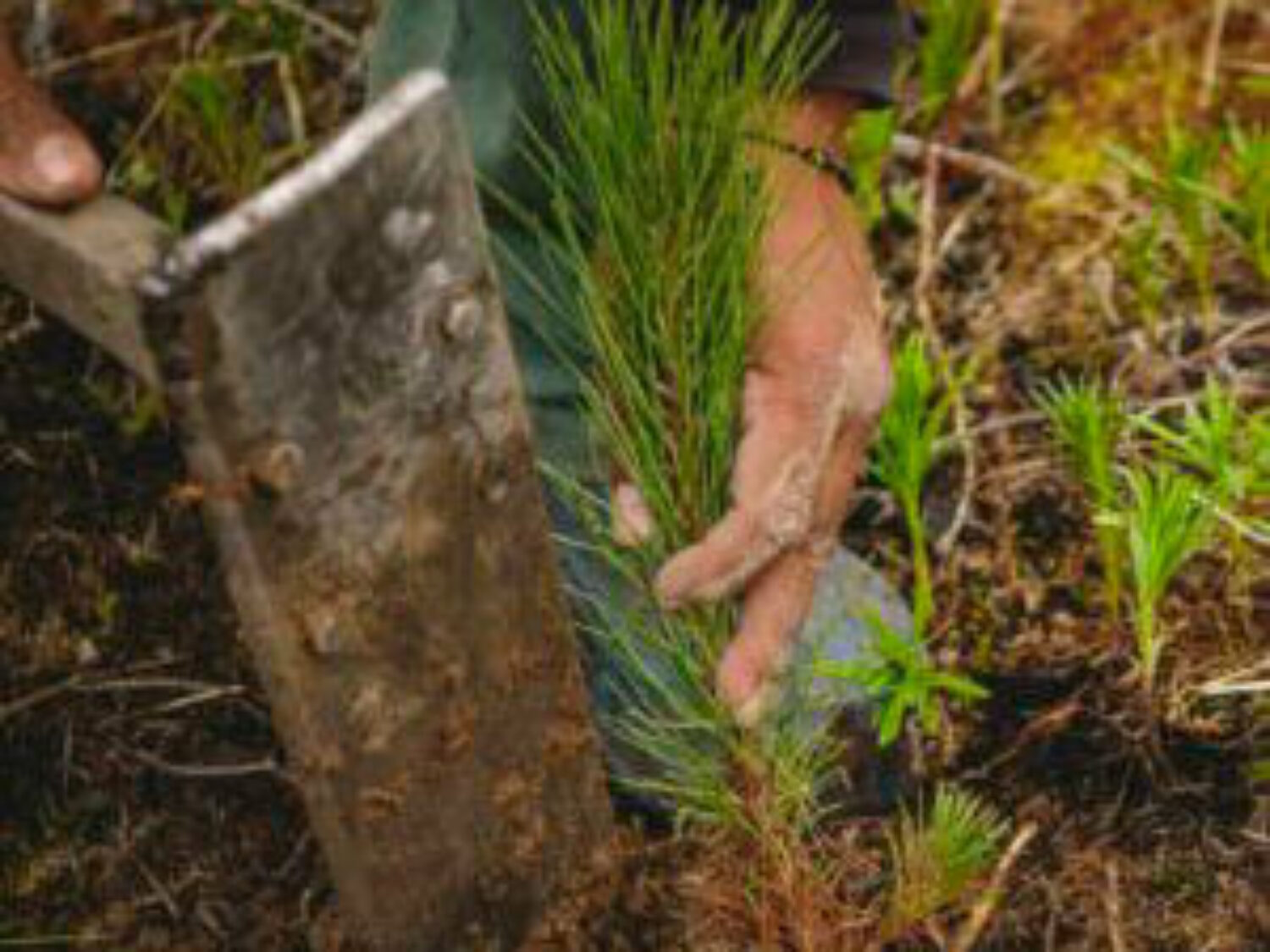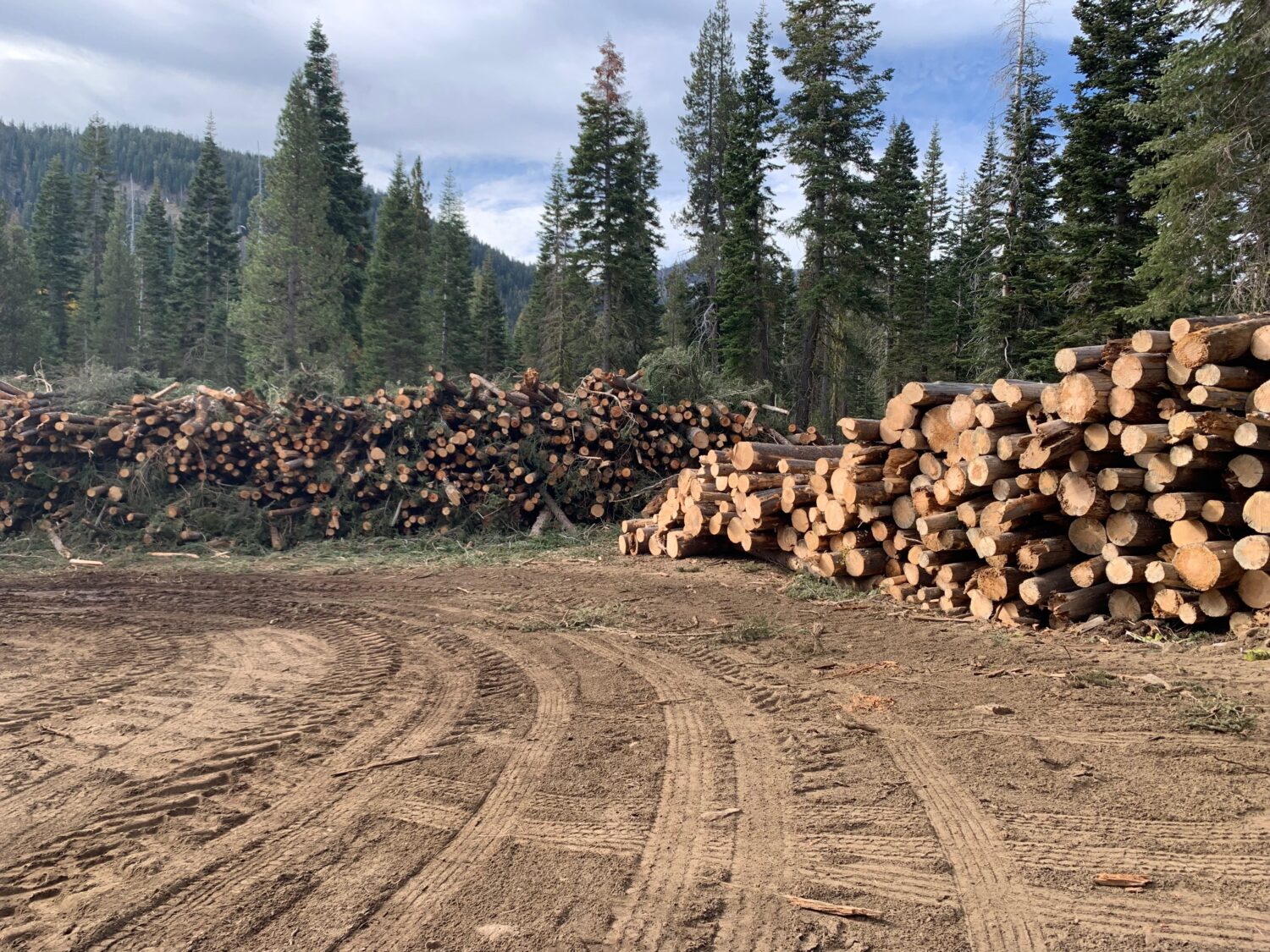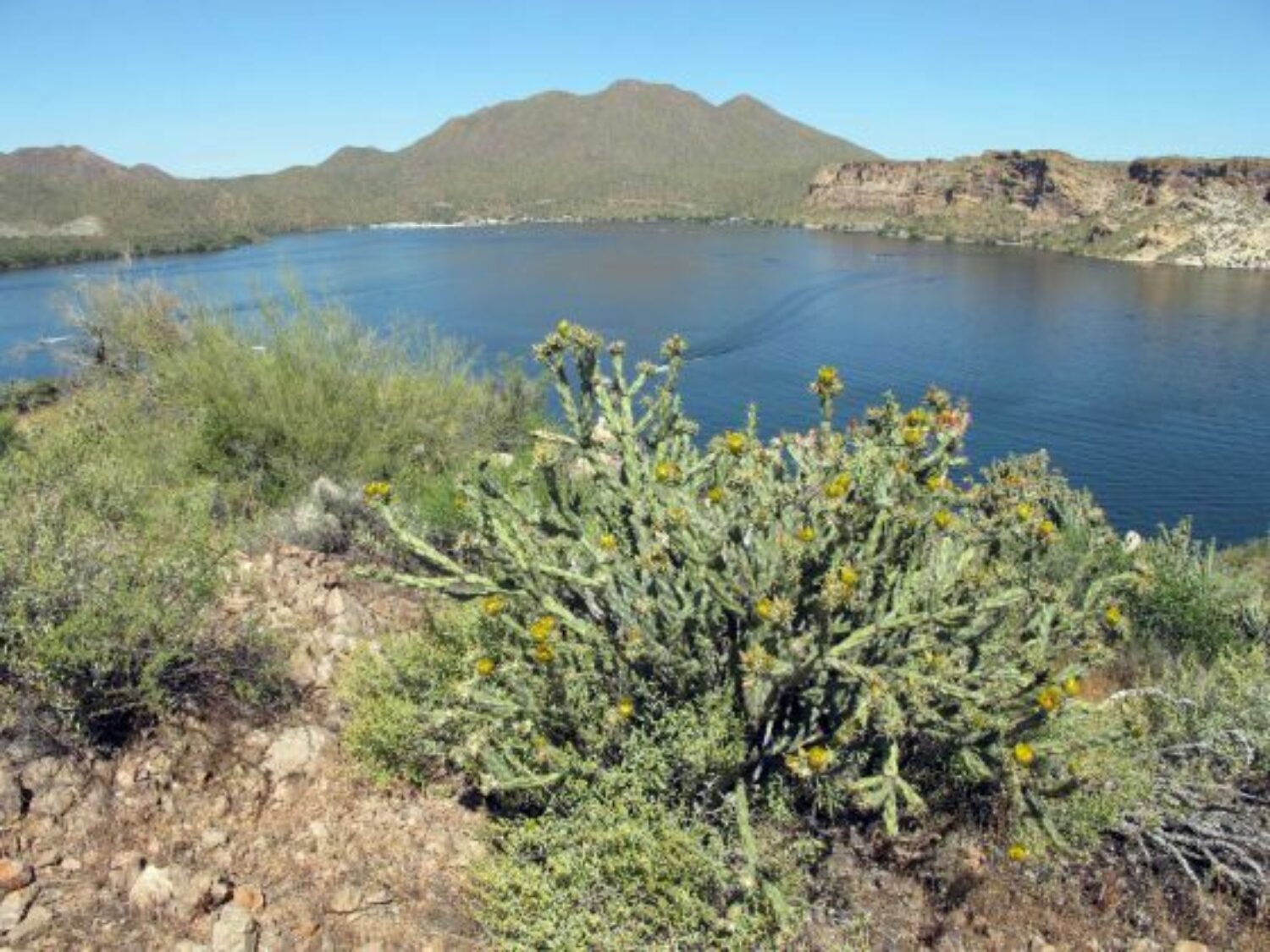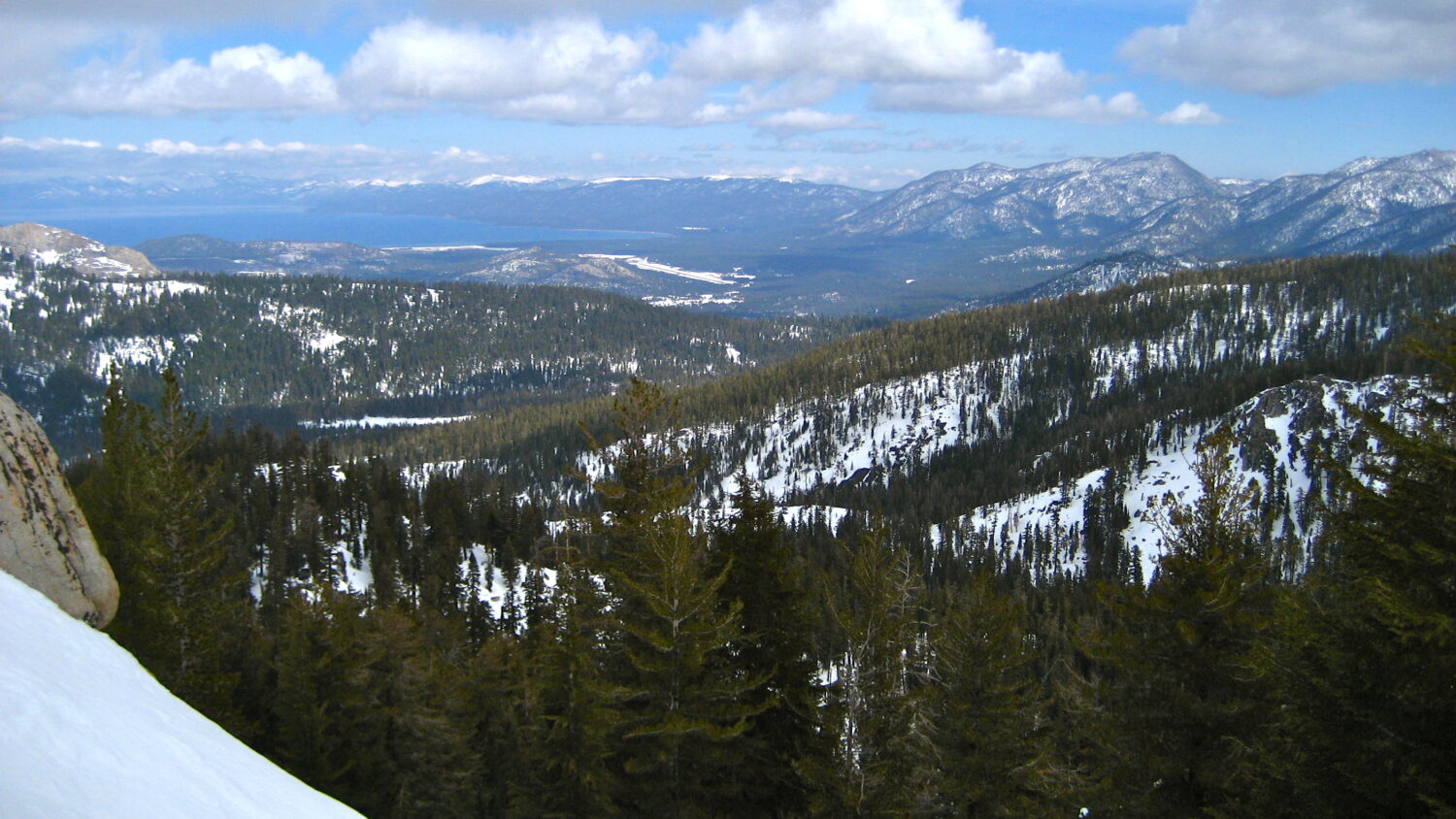All year, we share amazing stories about recreating on and restoring National Forests and Grasslands. Stay in the loop and sign up for Tree-Mail today!
New ways to fund critical restoration work for our National Forests
The National Forest Foundation Conservation Finance Program develops new ways to fund restoration projects on National Forests. National Forest provides valuable goods and services, like clean water, carbon sequestration, and recreation-based economies.
Our Conservation Finance Program explores opportunities to quantify and value these goods and services to spur investment from individuals, businesses, or local governments that want to maintain or improve the delivery of specific services. Conservation Finance both increases the amount of funding available for projects, and uses finance mechanisms to change the timing of funding to accelerate restoration.
The program currently focuses on three primary areas of work: environmental markets, Innovative Finance for National Forests, and fund aggregation.

When new development affects existing wetlands, developers are often required to buy wetland mitigation credits to offset their impacts. In fall 2020, the U.S. Army Corps of Engineers approved NFF’s In-Lieu-Fee Program for compensatory wetlands mitigation.
This first-of-its-kind program, developed specifically for operation on National Forests, provides an innovative way to fund the restoration of streams and wetlands on National Forest lands in western Colorado through the sale of formally regulated wetland and stream credits.
Learn More About the NFF's Tree Planting Program

The NFF already recognizes and can quantify the carbon benefits of our reforestation work and we are now developing tools to assess the carbon impacts of forest restoration activities.
Carbon benefits motivate many companies and individuals to support our work because these actions reduce greenhouse gasses in our atmosphere while also providing other essential benefits like wildlife habitat and watershed health improvements. Carbon claims are important for meeting companies' Corporate Social Responsibility and Environmental Social Governance goals.
CLICK HERE TO LEARN MORE ABOUT THE NFF'S TREE PLANTING PROGRAM.

The Innovative Finance for National Forests (IFNF) program is excited to announce the third round of IFNF awards. The program supports the development and implementation of innovative finance models that leverage private and public capital other than U.S. Forest Service annual appropriations to enhance the resilience of the National Forest System and deliver commensurate returns to stakeholders. The IFNF program is co-managed by the U.S. Forest Service and U.S. Endowment for Forestry and Communities.
The Request for Proposal (RFP), which reviews submission and application details, is housed on the US Endowment.org page. Applications open on November 21, 2022 and are due March 6, 2023.
Please visit the US Endowment.org page for up to date program information, including information on past IFNF projects.
Fund Aggregation is the collection of funding from multiple sources to complete large-scale projects. This approach is useful when projects can benefit numerous entities, and each entity is willing to support a portion of the total cost.
The Forest Resilience Bond (FRB) that Blue Forest Conservation developed and NFF is implementing on the Tahoe National Forest is an excellent example of fund aggregation. The FRB combines funding from the State of California, Yuba Water Authority, U.S. Forest Service, and the NFF to complete forest restoration projects. In this case, the FRB also helps accelerate the pace and scale of restoration by using upfront financing to complete the project faster than would otherwise be possible.
Learn About The Forest Resilience Bond Supporting The Tahoe National Forest.


Another examples of fund aggregation includes the Northern Arizona Forest Fund, a watershed investment partnership developed by the NFF that has raised more than $5 million from dozens of funders to support restoration of the forests surrounding northern Arizona communities and the watersheds that supply surface water to the greater Phoenix area.
Learn more about the Northern Arizona Forest Fund.
In 2020, the Montana Department of Natural Resources and Conservation asked the National Forest Foundation to gather information on restoration funding aggregation models used in states across the West. This report was developed to inform efforts to implement the Montana Forest Action Plan, a state-level program intended to achieve shared stewardship and cross-boundary project implementation.
Read the report

Carina Bracer, Director of Conservation Finance and Natural Climate Solutions, at 540.718.2895 or [email protected]